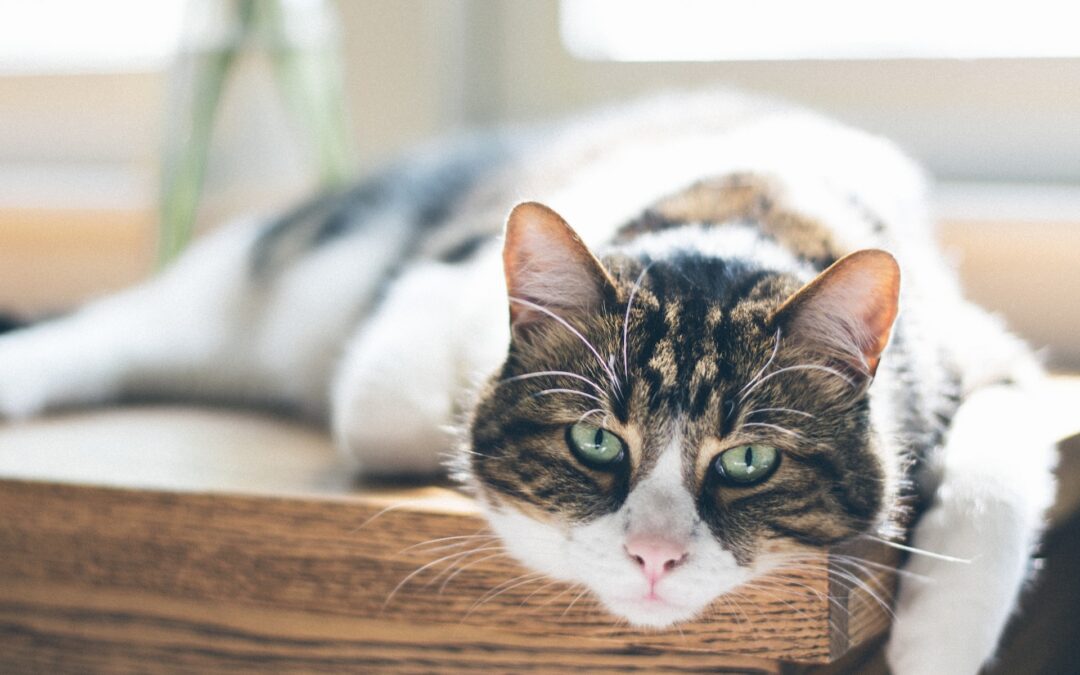Chronic Kidney Disease in Cats
Chronic Kidney Disease in Cats Chronic kidney disease (CKD) is a common, complex and progressive disease that is estimated to affect more than a third of cats over ten years of age. Affected cats often present with a variety of clinical signs and complications, including inappetence, nausea, vomiting, anemia, hypertension and urinary tract infections – as such, the disease can severely compromise the quality of life if inadequately managed.
However, the diagnosis of CKD is not always straightforward. Presenting signs can vary between individual cats, and renal function tests can sometimes be problematic to interpret. Furthermore, peer-reviewed published data to support many of the potential therapeutic interventions for feline CKD are lacking. This creates challenges for veterinarians attempting to slow the progression of the disease and improve the quality of life for their patients.
To address these challenges and guide in the management of CKD, the International Society of Feline Medicine (ISFM), the veterinary division of International Cat Care, has convened an expert panel of veterinary clinicians and academics to produce a critical and practical overview of current diagnostic and treatment options. The resulting ISFM Consensus Guidelines on the Diagnosis and Management of Feline Chronic Kidney Disease are available for free online here.
In making their recommendations, the panellists – gathered from the UK, France, Australia and North America – have considered various management approaches and graded the quality of the available published evidence with respect to their impact on quality of life and longevity.
Dietary management is a mainstay therapy that is supported by good evidence. Notably, specific commercial renal diets have been shown to significantly prolong longevity and improve quality of life. A common problem, however, is poor acceptance of these diets, which are generally less palatable than maintenance diets, and the guidelines include a number of recommendations to assist in transitioning cats to a new diet.
Other interventions with good supportive evidence are routine assessment of blood pressure in cats with CKD and the use of antihypertensive medications (when indicated) to help protect organs at particular risk of damage, such as the eyes and heart.
Given the chronic nature of CKD, the guidelines, which are free to access and download, emphasize how vital it is for the veterinary clinic to establish a good relationship with the cat’s owner. This will facilitate treatment plans to be created that take into consideration the wishes and abilities of the owner, as well as the needs of the individual cat.

